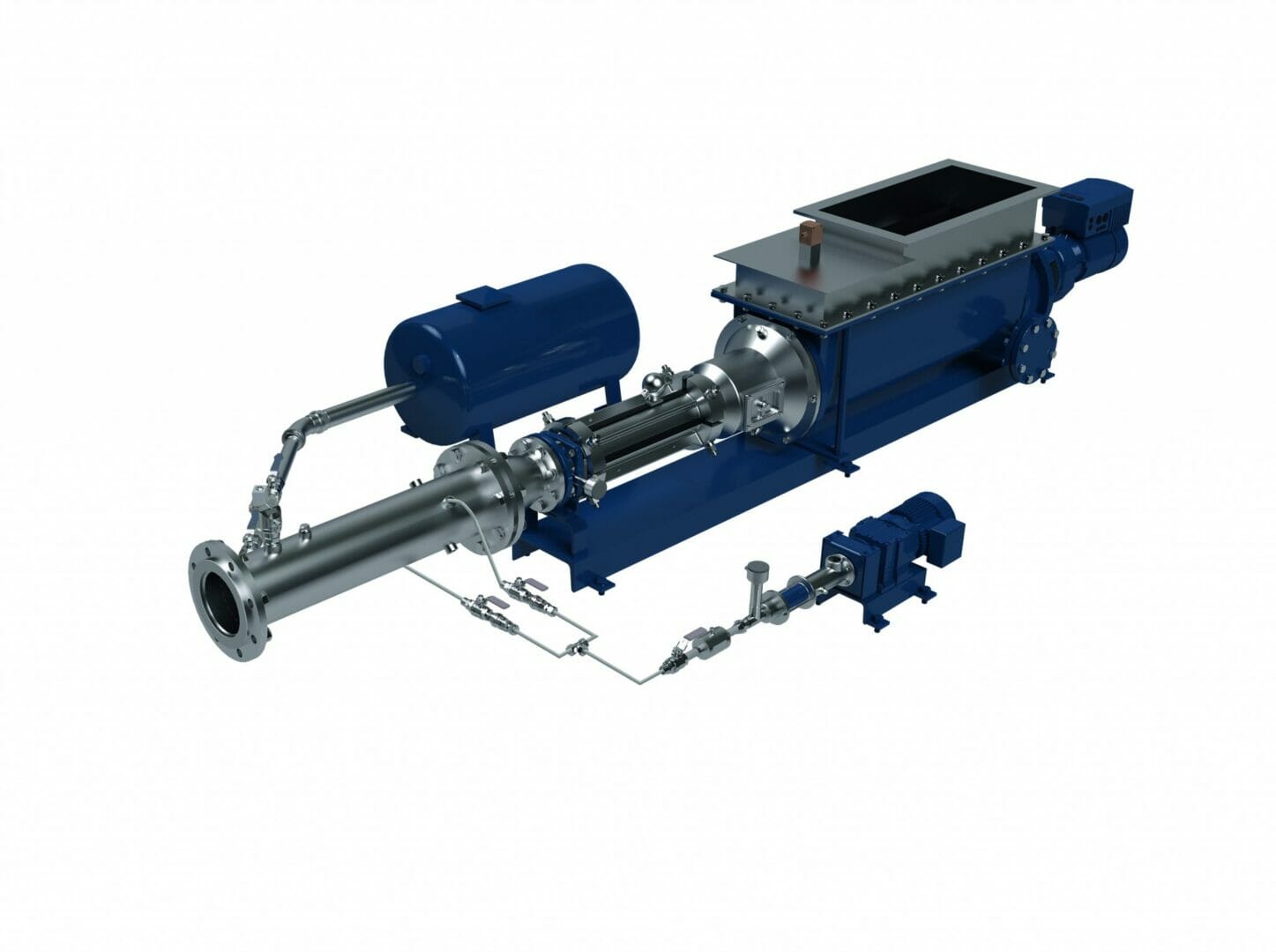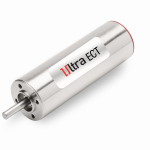By Lesley Eaton, Business Development and Marketing Manager, SEEPEX UK
The latest Innovation from SEEPEX – Smart Air Injection (patent pending)- combines the advantages of two technologies, progressive cavity pumps and dense phase pneumatic conveying. With this combination it is possible to transport dewatered sludge with high dry solids content over long distances in an energy-efficient manner. Dewatered sludge (or other highly viscous media) is introduced into the pipeline using a progressive cavity pump, forming compacted material which is split into ‘plugs’ and pushed down pipelines of up to 1,000 metres using compressed air.
Out with the old
Traditionally long distance transfer of dewatered sludge has been carried out by belt and screw conveyors and bucket elevators, which require a lot of costly maintenance, especially working at heights if silos are filled. In addition, these systems are frequently open to the environment, resulting in unpleasant odours, rehydration by rainwater, and complications on vertical or inclined transportation. As an alternative, closed piping can be used in conjunction with multi-stage progressive cavity (PC) pumps and piston pumps. However, these require comparatively high investment costs for higher pressure-rated pipework and valves (in some cases more than 100 bar).
Plant-specific solution
SEEPEX Smart Air Injection (SAI) uses a progressive cavity pump with an open hopper and auger feed screw to produce a solid ‘plug’ of dewatered sludge, which is then transported onwards by means of pulsed compressed air injection controlled via an algorithm optimised for the application. The pneumatically-transported sludge plug is lubricated with boundary layer liquid, for example dilute polymer solution. This reduces friction in the pipework and improves the energy efficiency of the system as a whole.
SAI permanently reduces the pressure in the entire pipeline to below 6 bar, generated by the pump to set the sludge plug in motion. Adjusting system parameters, such as polymer and air volumes makes it possible to set a plant-specific, energy-optimised operating point.
Smart systems
The reduction in friction losses and the discharge pressure requirements mean that pumps fitted with Smart Conveying Technology (SCT) can be used for long distance, high viscosity transfer duties. Pump maintenance time is minimal (rotor stator replacement in less than an hour), as pipework removal is not required for maintenance. The lower discharge pressure additionally ensures an increased service life for the components, which is further extended by SCT whereby the stator can be adjusted to maintain pumping performance as performance drops. Additionally, in the automated SAI system, process monitoring can be integrated into existing automation and control systems via conventional interfaces. All functional components, sensors and actuators are part of the scope of supply, and are integrated into the control software SAI, which is optimised for the respective application.








